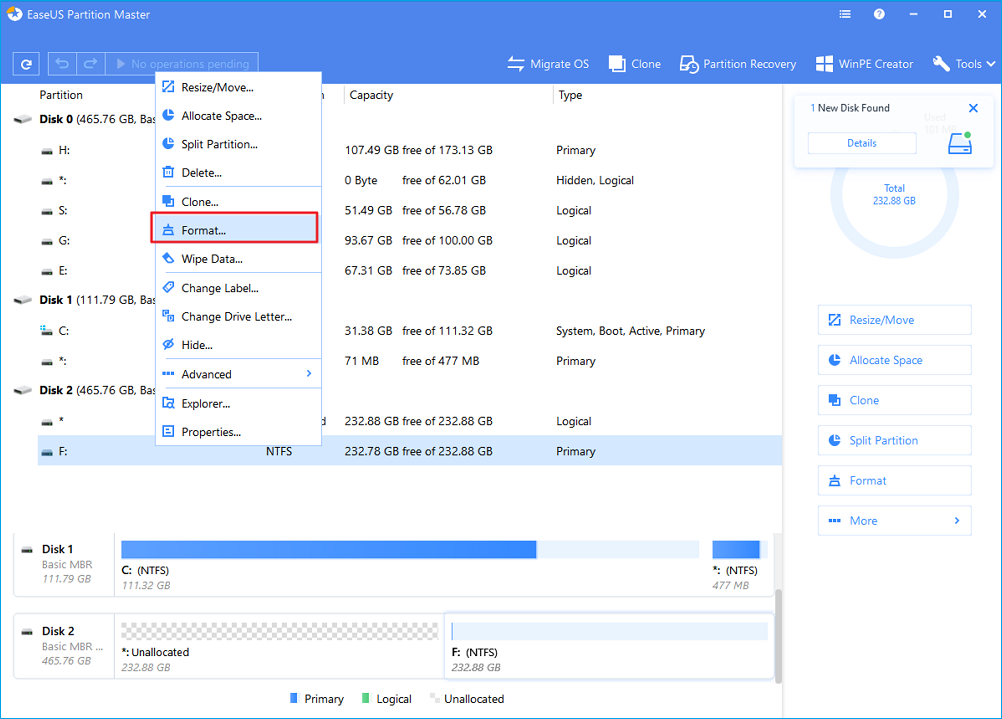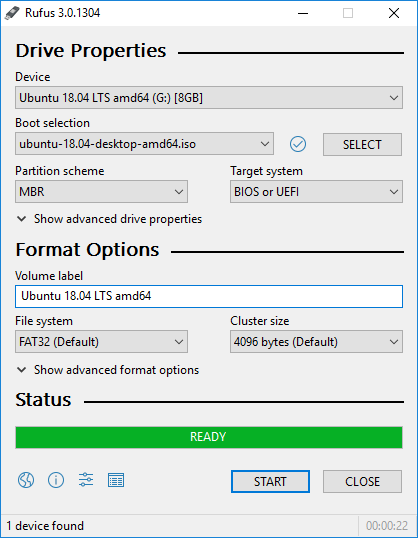
In the chart below, we have listed features of four common file systems, giving detailed information from max partition size to the compatibility of these file systems.įormatting a USB drive or external hard drive will remove all existing files on the device. Users can convert their USB flash drives or external hard drives between different file systems. The common Windows file systems include FAT16, FAT32, and NTFS, etc.

In computing, a file system controls how data is stored and retrieved. However, for USB flash drives, HDDs, or external hard drives that exceed 32GB, the applicable tools will be restricted to the third-party USB format tool and the Windows Command Prompt.Ĭan't format to FAT32 in Windows 10 with all given disk formatting tools? Directly jump to the final part to get additional fixes for "Cannot Format to FAT32" in Windows 10. For small capacity flash drives, pen drives, or SD cards that range from 2GB-32GB, any of the four methods are workable. On Windows 10/8.1/8/7, there are typically four ways for both average and advanced users to format to FAT32, which has the greatest compatibility compared to other file systems. It is also widely supported by memory storage technology companies and third-party operating systems like OS X and Linux.Format to FAT32 for USB or External Hard Drive in Windows 10 Microsoft introduced exFAT in 2006 it’s an optimized version of FAT, providing better performance advantages over FAT32. Now you’ll be able to save and copy files to your thumb drive on both Windows and OS X. In the Format list box, select ExFAT, enter a Volume Label if you want, then click Erase. Select your thumb drive in the Disk Utility window, then click the Erase tab. Launch Disk Utility press Command+Space then type: disk utility. If you only use a Mac computer, you can format your thumb drive to work on Windows systems.Ĭonnect the thumb drive to your Mac. In the File System list box, choose exFAT, type in a Volume Label if you want, and then click Start.Ĭlick OK to the format warning and wait until the process is complete. Right-click your flash drive and then select Format.

Prepare a Thumb Drive for Both Windows and OS X or macOS Before you start, though, make sure your thumb drive is formatted so it can work on both Windows and macOS. If you’re working in a mixed environment, where you might need to work on files between both systems, a handy solution is to use a thumb drive. This makes it difficult to move data between the two unless you have them networked together.

MacOS uses the HFS+ file system, while Windows uses the NTFS file system that shares little in common.


 0 kommentar(er)
0 kommentar(er)
